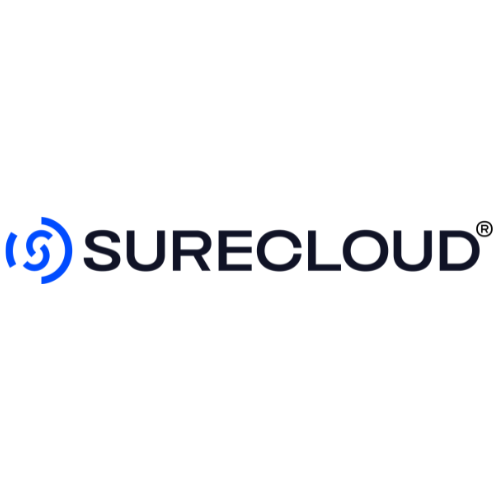When shifting the focus of an IT department from outage management to driving innovation, organizations must rethink how to scale, increase visibility and integrate applications — a task the University of Texas at San Antonio took on.
Nassos Galiopoulos, CTO and deputy CIO of UTSA, described the transformation goal as striving to be a digital backpack that students could reach into and pull out whatever they need to be successful. However, to get to that level, some things had to change.
The tech teams at UTSA struggled to keep registration systems up, integrate applications and minimize downtime as they wrangled aging technology
“The organization had a technical debt of about 10 years,” Galiopoulos said. “That meant that a lot of the technology in place was already too old."
Organizations that haven’t updated their tech stacks might have a hard time knowing where to start. With loads of work to be done, businesses can start by rethinking their most basic systems.
Galiopoulos focused on where his teams could automate systems and digitize their mining processes to become more efficient.
The goal was for technology to become a catalyst for success, not a form of distraction for students. But first, the tech leaders had to get the teams on board.
“Let's make sure first, the team knows what we are about to embark on because the size of it is immense,” Galiopoulos said. “I think that was one of the key drivers of why this [transformation] actually happened.”
Transforming at scale
With over 34,000 students, scale was a top priority for technical changes to existing systems. Tech leaders at UTSA turned to Cisco’s AppDynamics to improve observability so that tech teams could monitor progress and track changes.
Before visibility issues were solved, it took much more time and a little bit of guessing to test applications and fix errors, Galiopoulos said.
“Now we have the time savings to say, ‘hey, we know this works and we can tell that it takes 11 seconds to finish,’” Galiopoulos said. “So now we can move on to the next big thing.”
UTSA’s tech department was able to have an outage-free registration season, integrate more than 60 critical applications like DegreeWorks, a platform used to monitor the completion of degree requirements, and automate multiple systems and processes.
The next step in the transformation process involves innovating on technology to help bring to fruition broader aspirations at UTSA, Galiopoulos said.
Advice from Galiopoulos
- Have a purpose: Transformation doesn’t necessarily come from changing technologies. It comes from changing the experience, according to Galiopoulos. At UTSA, the purpose was to give students tools to succeed, making technology an enabler and not a hindrance.
- Start early and include end users: “It took a full year of a lot of meetings, a lot of whiteboarding and brainstorming trying to pinpoint where we could make the best improvement,” Galiopoulos said. The tech teams took into account student feedback during the transformation process but wished they had done so earlier in the planning process.
- Keep the end goal in mind: If leaders stick to the end goal, they can work their way back to identify areas of improvement that can contribute to the bigger goal, according to Galiopoulos. The end goal for UTSA’s tech teams was to modernize the student information system and update processes so that they wouldn’t be bogged down by technical debt.















